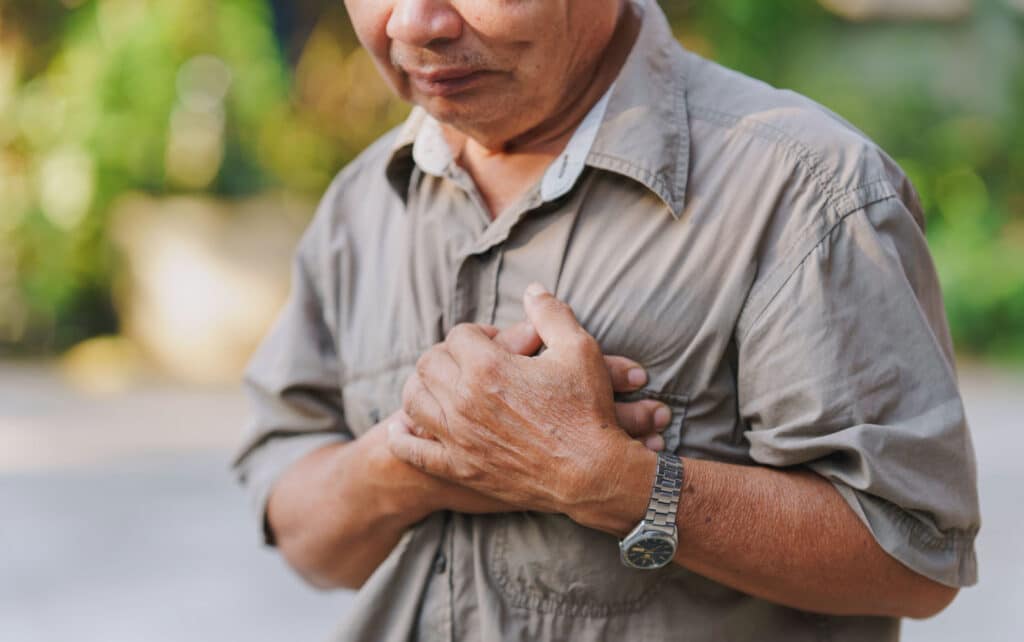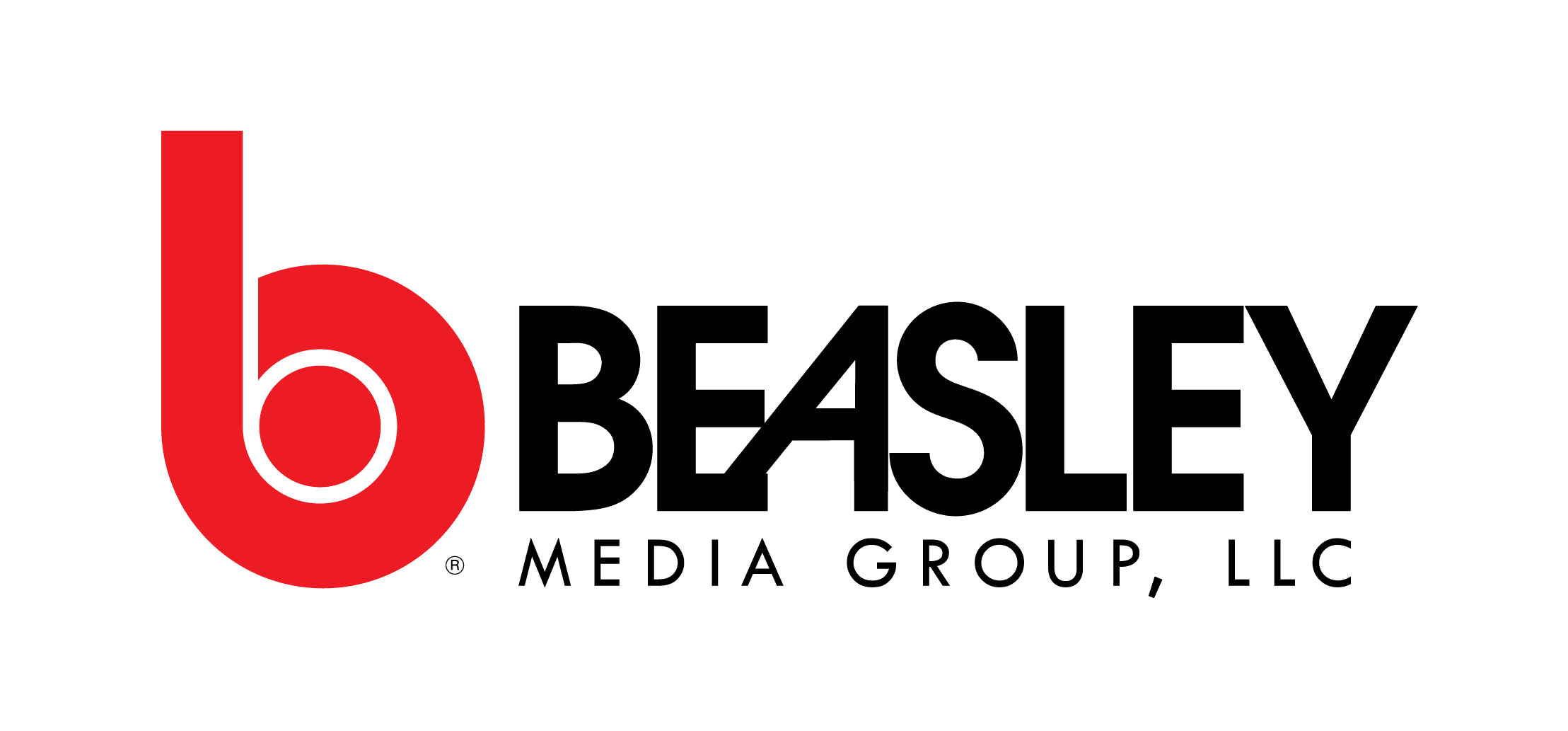In the United States, someone has a heart attack every 40 seconds, according to the Centers for Disease Control and Prevention. Additionally, every year, about 805,000 people in the United States have a heart attack. Of these, 605,000 are a first heart attack.
200,000 happen to people who have already had a heart attack.
Not all of these are treated: the CDC says that about one in five heart attacks are silent. In other words, the heart has been damaged but the victim is unaware of what happened. But what is a heart attack? According to the Mayo Clinic, a heart attack occurs when the flow of blood to the heart is severely reduced or blocked. The blockage is usually due to a buildup of fat, cholesterol and other substances in the heart (coronary) arteries. The fatty, cholesterol-containing deposits are called plaques. The process of plaque buildup is called atherosclerosis.
How do you know if you, or someone around you, is having a heart attack? The symptoms can vary in severity, and some people have no symptoms. But some of the more common symptoms include chest pain that may feel like pressure, tightness, pain, squeezing or aching. There could be pain or discomfort that spreads to the shoulder, arm, back, neck, jaw, teeth or sometimes the upper belly. There might be cold sweating, fatigue, heartburn or indigestion, lightheadedness or sudden dizziness, nausea or shortness of breath. If any of these happen to you, or to anyone around you, call for emergency medical help as quickly as possible.
If you suspect that someone is having a heart attack, the Mayo Clinic advises that you first call 911 or your local emergency number. Then check if the person is breathing and has a pulse. If the person isn\’t breathing or you don\’t find a pulse, only then should you begin CPR. You can do CPR, according to the Clinic, even if you aren\’t trained. They say, \”If you\’re untrained in CPR, do hands-only CPR. That means push hard and fast on the person\’s chest — about 100 to 120 compressions a minute.
If you\’re trained in CPR and confident in your ability, start with 30 chest compressions before giving two rescue breaths.


